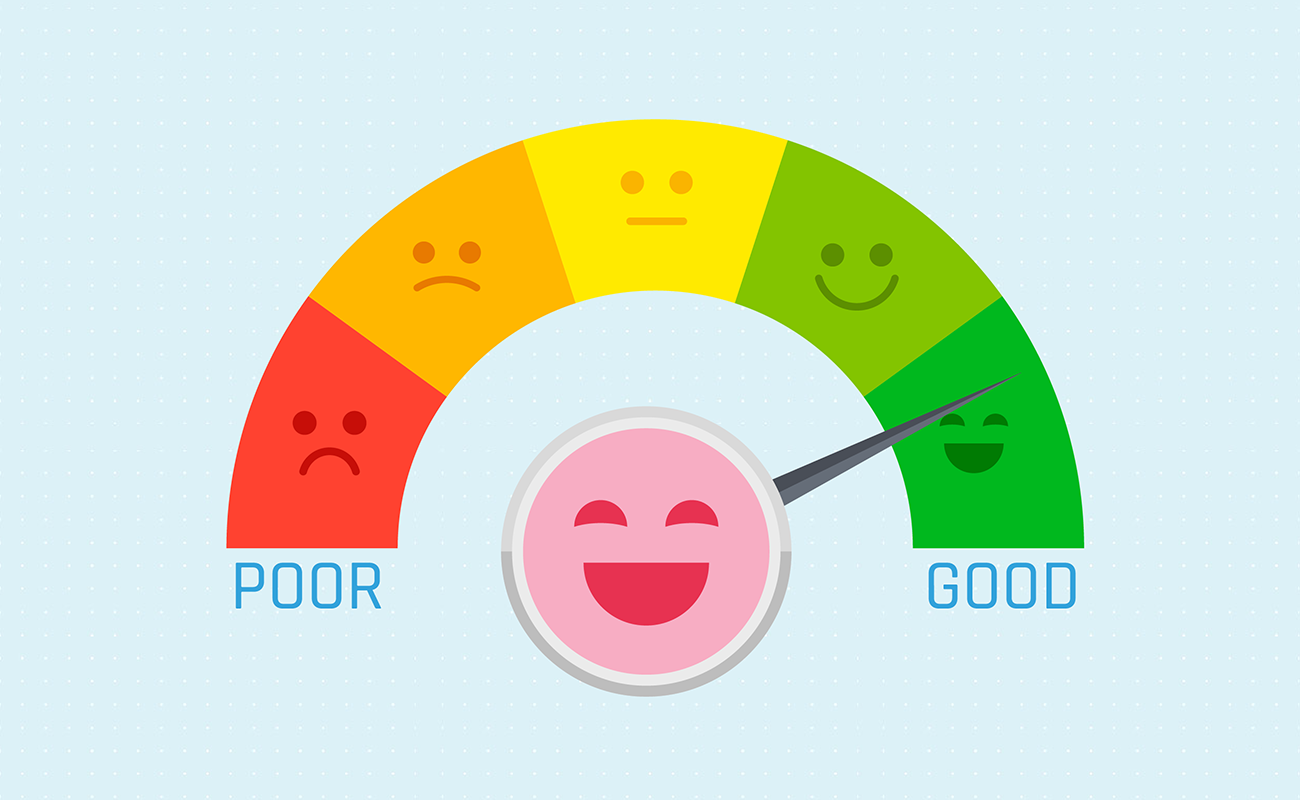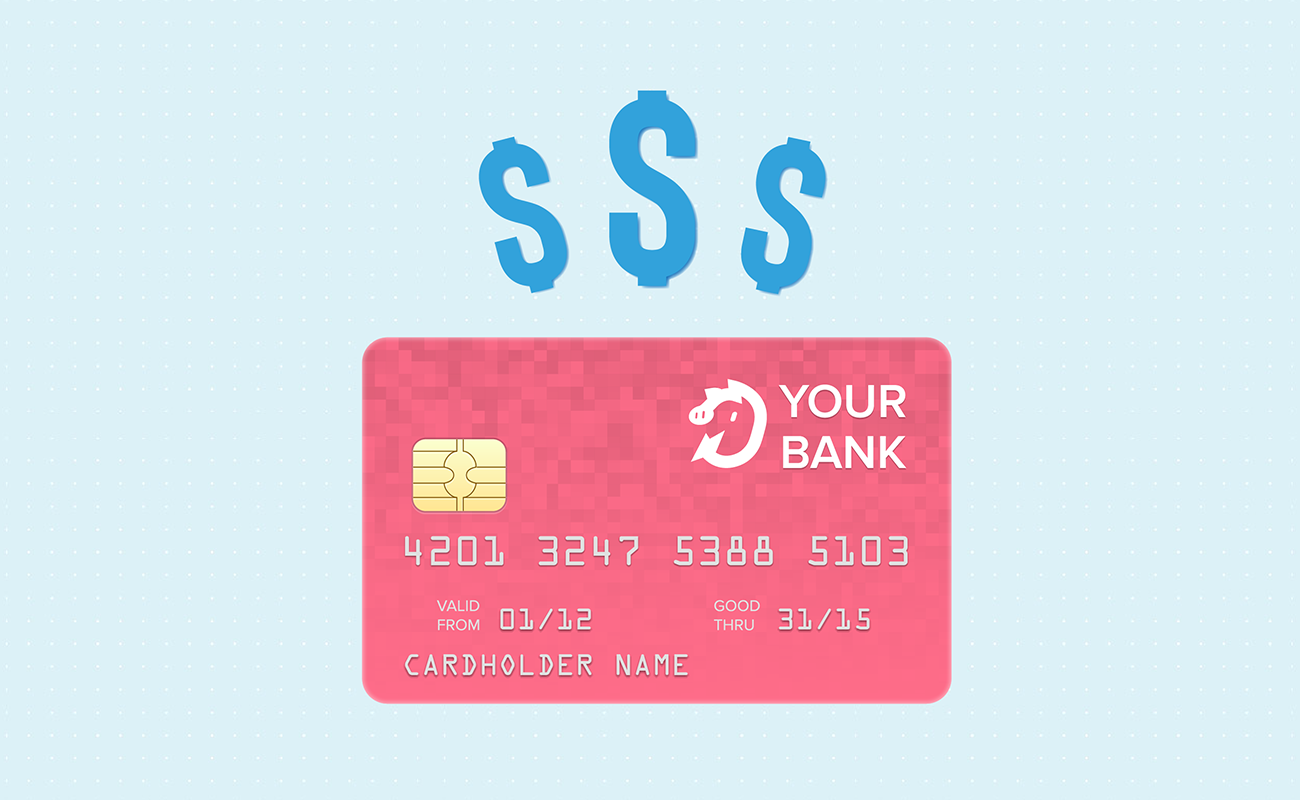 Fixed vs Minimum Credit Card Payments
Fixed vs Minimum Credit Card PaymentsMaking minimum credit card payments allows banks to earn a lot of interest at the expense of consumers. This calculator shows how by sticking to fixed monthly payments even as your balance declines you can save years worth of payments and thousands of dollars in interest expense.
Guide published by Jose Abuyuan on January 21, 2020
Credit bureau Experian reports that Americans, on average, have four credit cards with an account history of 7 years and two months. The same data states that the average balance for Q2 of 2019 hit $6,194.
For bankcard holders in debt, paying minimum monthly payments may seem appealing. Most people are easily tempted to pay the minimum, thinking this would eventually clear away their balance.
However, this is far from the case. Minimum payments take longer to pay off your debt. Depending on the interest rate and how much you owe, the payment time can take more than 10 years. It also costs more in interest charges, making it expensive the longer your debt remains unpaid.
What should you do? Your best recourse is to make fixed payments. Ideally, you should also pay a higher fixed amount on your credit card bill every month.
In this article, we’ll talk about the drawbacks of making minimum payments based on the percentage. Then, we’ll focus on how making fixed payments, as well as higher payment amounts, are more favorable to consumers.

Credit card companies vary slightly in calculating the minimum payment. But they typically base it on your bankcard's interest rate and overall balance. They also look at your monthly credit activity as well as the terms specified in your original cardholder agreement.
Notice how bankcards have very low minimum payments? Banks allow you to pay as low as 1 to 3 percent of your balance every month, which is usually around $25 to $35. This includes other fees and accumulated interest.
Bankcards provide consumers a great deal of discretion in deciding how much to pay. This is in contrast to mortgages and auto loans, which often impose the same monthly payments. And since the minimum monthly payment seems ‘cheap,’ it makes consumers think they can splurge.
However, for any loan, it’s better to pay more now instead of accruing further interest. Consumers must realize that making minimum payments will keep them in deep debt.
Committing to a fixed amount every month significantly shortens your pay off time. However, while minimum payments are affordable, much of it do not go towards your principal, which is your overall balance. To pay it sooner, you need to make higher monthly payments consistently. This way, more of your money goes toward paying your debt rather than the interest.
To give you an idea, the table below shows how much faster you can pay down your balance when you make fixed payments. It also indicates how much you can save in overall interest costs.
Balance: $5,600
Annual interest rate: 16%
| Details | Minimum Payment | Fixed Payment | Fixed Payment (Plus $100) | Fixed Payment (Plus $200) |
|---|---|---|---|---|
| Monthly payment | 3% | $168 | $268 | $368 |
| Est. pay off time | 213 months | 45 months | 25 months | 18 months |
| Total interest | $4,323.78 | $1,855.64 | $1,008.14 | $700.84 |
In this example, a minimum payment of 3 percent of your balance every month will take 17 years and 9 months to pay down. However, if you make fixed payments at $168, it will take you 3 years and 9 months.
How about higher fixed payments? At $268, your pay off time will go down to 2 years and 1 month. And if you pay $368 every month, your payment time is reduced to 1 year and 6 months.
Reducing your payment time saves you a great deal on overall interest. In the example above, you can save hundreds of dollars by making fixed payments. And if you can increase your payment amount, you will save a lot more.
In the table above, making minimum payments cost $4,323.78 in overall interest. On the other hand, if you opt for a fixed payment, your total interest decreases to $1,855.64. This saves you $2,468.14 in overall interest.
For a fixed payment of $268 every month, you’ll spend $1,008.14 in total interest. This saves you $3,622.94 compared to making minimum payments. And if you make $368 in fixed payments, you only spend $700.84 in total interest. That’s $3,622.94 in overall interest savings.
To know how much interest a fixed credit card payment will cost, use our calculator.
What happens if you just pay the minimum monthly amount? You might hold a balance for a very long time, which may negatively affect your credit score.

Fixed credit card payments, especially an increased amount, helps reduce your outstanding balance. Consequently, this improves your credit score.
Thirty percent of your credit score is based on credit utilization. It is calculated by dividing your credit limit by how much you currently owe. For instance, if your limit is $2,000 and your balance is $600, your credit utilization ratio would be 30 percent.
Making minimum payments does not substantially decrease your credit card balance. As mentioned earlier, minimum payments mostly go towards interest rather than your principal.

If you are about to max out your bankcard, paying the minimum might prompt your creditor to report to credit bureaus. To avoid credit score deductions, keep your credit utilization below 30 percent.
Merely making minimum payments does not keep your balance low. This becomes a problem, especially if your balance is steadily getting larger with higher interest rates.
When their debt becomes too high, some consumers may take months before they can use their credit card again. Don’t let your situation get this bad. Control your spending and make sure to pay fixed payments each month.

Making higher fixed payments can reduce your balance quicker. In return, this offers you a reliable line of credit in the future.
When your credit card balance is paid sooner, you can easily qualify for a loan. Fixed payments help keep your balance low.
Just making minimum payments won’t wipe out your debt sooner. This will further delay your plans of making major life purchases.
Whether you’re taking out a car loan or mortgage, having a lower balance will make the process a lot smoother. Moreover, a higher credit score makes you eligible for competitive interest rates. For instance, this allows to shop for more favorable mortgage deals in the market.
According to Ed Mierzwinski of the U.S. Public Interest Research Group (PIRG), paying twice the minimum amount on your credit card bill cuts the repayment period in half.
Mierzwinski lobbied to include a “Minimum Payment Warning” on bankcard payments. This rule informs consumers how much money and how many years it would take to pay off their debt with the minimum payment.
There are times you might not be able to make fixed payments on your credit card bill. This may be due to medical emergencies or other circumstances that require more of your finances.
If this happens, it’s okay to keep making the minimum monthly payments. Don’t be discouraged. It’s better to pay the minimum amount than to pay costly late fees. Paying the minimum will likewise help you avoid APR penalty, which will unjustly increase your interest rate. Furthermore, this will look better on your credit history, helping you evade glaring missed payments.
But remember, once you can afford it again, make sure to resume fixed payments. You might not see any difference now, but you will reap the benefits in the future.

Low minimum payments may be enticing, but it does not justify excessive spending. It is also not an excuse to pay the least amount possible towards your debt. Prioritize making fixed payments now to avoid spending too much on interest charges.

If possible, increase your credit card payment to reduce your loan balance. This will help you pay off your debt a lot sooner and even improve your credit score.
Remember, having a bankcard is a privilege that you should take care of. You must learn how to use it properly to avoid toxic debt that may eat away your finances. Otherwise, your privilege can easily be revoked. In the long run, it’s not just money you lose, but also your peace of mind.
Having a hard time managing multiple debts? For more information on debt consolidation, visit this page.
Jose Abuyuan is a web content writer, fictionist, and digital artist hailing from Las Piñas City. He is a graduate of Communication and Media Studies at San Beda College Alabang, who took his internship in the weekly news magazine the Philippines Graphic. He has authored works professionally for over a decade.